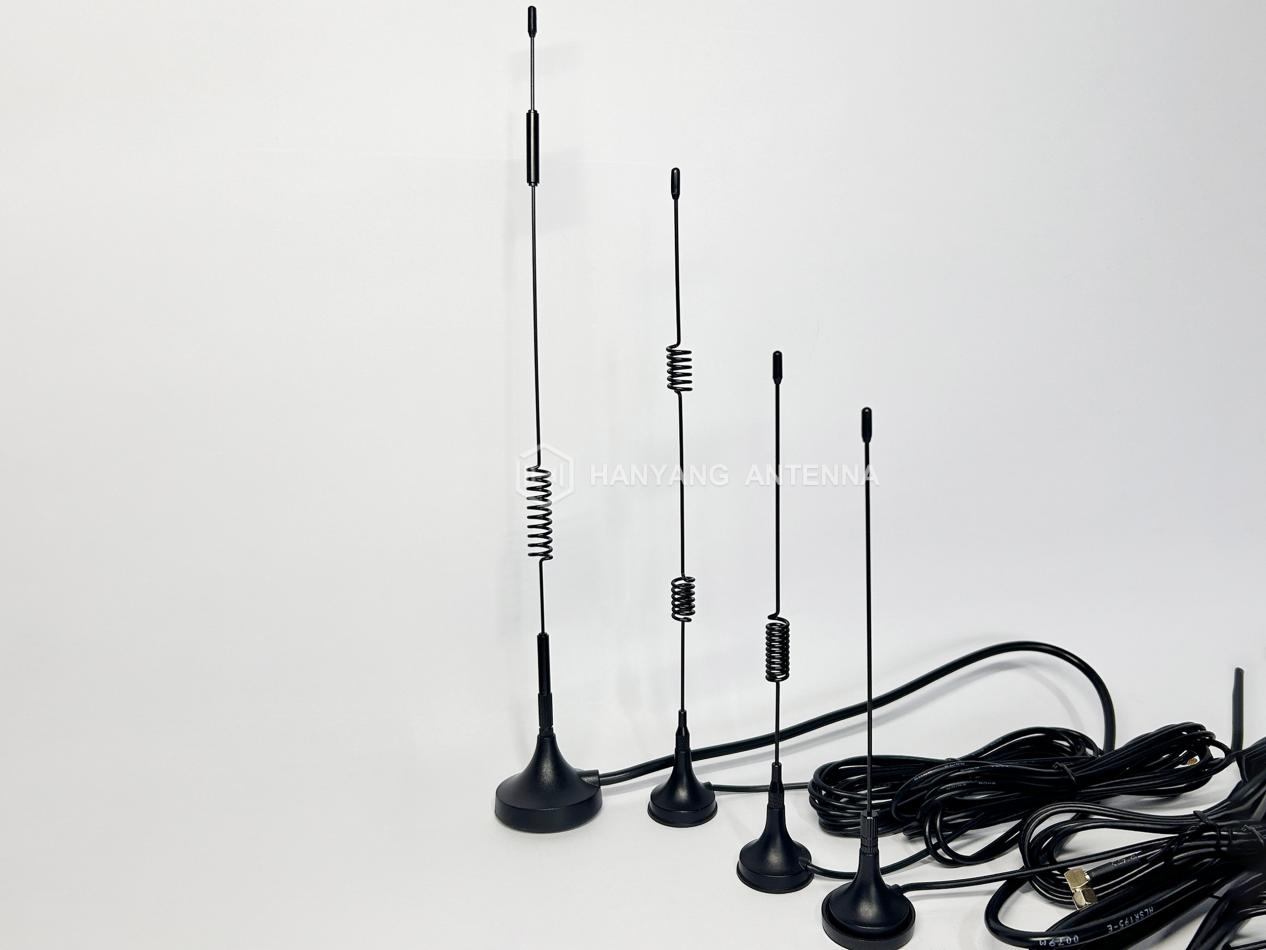An IoT (Internet of Things) antenna is a crucial component in the communication system of IoT devices. IoT encompasses a wide range of interconnected devices that communicate with each other and with central servers or cloud platforms. These devices can include sensors, actuators, wearables, smart home devices, industrial machines, and more. The IoT antenna plays a key role in enabling wireless communication for these devices, allowing them to transmit and receive data over the air.
Here are some key aspects of IoT antennas:
Functionality: The primary function of an IoT antenna is to facilitate wireless communication between IoT devices and the network infrastructure. This communication can occur over various wireless technologies, such as Wi-Fi, Bluetooth, Zigbee, LoRa (Long Range), NB-IoT (Narrowband IoT), or other communication protocols depending on the specific IoT application and requirements.
Form Factor: IoT devices often have size and form factor constraints, and the antenna design needs to be compact and fit within the physical constraints of the device. Antennas for IoT devices can come in various forms, including chip antennas, printed antennas, and small external antennas.
Frequency Bands: The choice of frequency bands depends on the wireless technology used by the IoT device. Different IoT applications may operate in various frequency bands, ranging from lower frequencies (e.g., sub-1 GHz bands) to higher frequencies (e.g., 2.4 GHz or 5 GHz bands). The antenna must be designed to support the specific frequency or frequency range required for communication.
Multi-Band Support: Some IoT devices may need to support communication across multiple frequency bands to ensure compatibility with diverse networks and standards. Antennas with multi-band capabilities can be employed to address this requirement.

Antenna Types: The type of antenna used depends on the communication technology and frequency bands involved. Common antenna types for IoT applications include monopole antennas, dipole antennas, patch antennas, and more. The selection of the antenna type is influenced by factors such as device size, performance requirements, and the specific wireless standard being used.
Integration: Antennas need to be seamlessly integrated into the design of IoT devices. Factors such as placement, orientation, and surrounding materials can impact antenna performance. Proper integration is essential to maximize the efficiency and reliability of wireless communication.
Power Consumption: IoT devices are often battery-powered, and power efficiency is crucial. Antennas should be designed to minimize power consumption while maintaining reliable communication to help extend the battery life of IoT devices.
Regulatory Compliance: Antenna designs must comply with regulatory standards and requirements related to radio frequency emissions. Compliance ensures that devices operate within specified limits and do not interfere with other wireless devices.
In summary,IoT antennas are critical components that enable wireless connectivity for a wide range of IoT devices. Their design is influenced by the specific wireless technology, frequency bands, form factor constraints, and other considerations relevant to the intended application.

